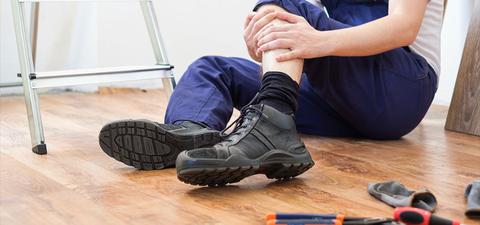
Health & Safety Executive statistics showed that falls from height continue to be the most prevalent workplace killer in 2018. In 2019 the HSE issued costly penalties for severe injuries on school sites caused by dangerous working at height. Maintaining school premises present many challenges; older, traditional primary schools present high ceilings, ageing roofs, vaulted halls, etc. Health & Safety generally, including the need for risk assessment and, if necessary, method statements, can be a knowledge gap in schools, even if still under Local Authority control. It’s not wilful rule-breaking that often leads to dangerous falls - it’s a lack of training and awareness of the risks associated with working at height that can lead to a ‘it’ll be fine’ mentality.
The ‘Work at Height Regulations 2005’ are set out to prevent death and injury caused by a fall from height. If you are an employer or are in control of work at height, (including contracting works externally) these regulations apply to you. You must ensure work is appropriately planned, supervised and carried out by competent personnel – including the use of suitable equipment. Be aware contracting out the work does not contract out your health & safety responsibilities, you still owe your contractor a duty of care in choosing and managing your contractor on site including communicating any risks or important site information.
The HSE have plenty of online resources to help you take simple, practical steps to work safely at height, including a handy summary of Do’s and Don’ts:
Do….
- as much work as possible from the ground
- ensure workers can get safely to and from where they work at height
- ensure equipment is suitable, stable and strong enough for the job, maintained and checked regularly
- take precautions when working on or near fragile surfaces
- provide protection from falling objects
- consider emergency evacuation and rescue procedures
Don’t…
- overload ladders – consider the equipment or materials workers are carrying before working at height. Check the pictogram or label on the ladder for information
- overreach on ladders or stepladders
- rest a ladder against weak upper surfaces, eg glazing or plastic gutters
- use ladders or stepladders for strenuous or heavy tasks, only use them for light work of short duration (a maximum of 30 minutes at a time)